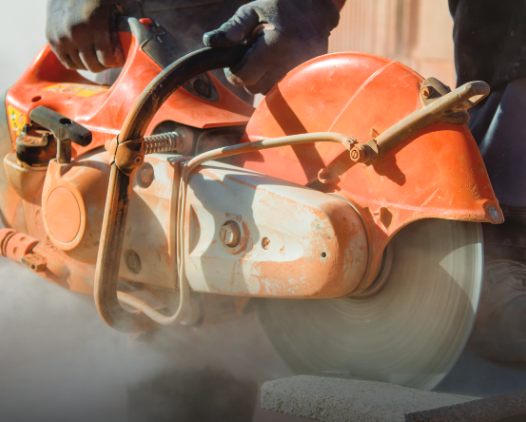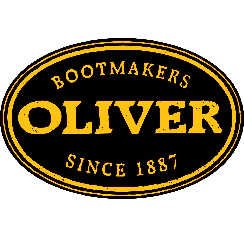Respirable Crystalline Silica: Exposure Standards and What it Means

In recent years there has been a concerning increase in the number of Australian workers diagnosed with Respirable Crystalline Silica (RCS) related health conditions, particularly silicosis. RCS refers to silica particles that are small enough to penetrate deep into the lung and may cause significant health effects that can lead to death. As a result, much attention is being paid to the legislative framework about RCS.
In 2018, Safe Works Australia (SWA) launched a review of national exposure standards for atmospheric contaminants in the workplace, and in December 2019 it announced a major change to the Workplace Exposure Standard (WES) for RCS. A WES stipulates the legal limit for an atmospheric contaminant in the workplace. In the case of RCS, the WES was halved from its eight-hour time weighted average (TWA) of 0.1 milligrams per cubic metre (0.1mg/m3) to 0.05 milligrams per cubic metre (0.05mg/m3). It must be stressed that exceeding the exposure standard does define the difference between a safe and unsafe working environment. It is possible that some people could suffer from adverse health effects when exposed to a lower level than 0.05mg/m3.
The Model Work Health and Safety Regulations (Engineered Stone) Amendment 2023 introduces an express prohibition on the uncontrolled processing of engineered stone products. The amendments reflect the existing duty on persons conducting a business or undertaking (PCBU) to eliminate the risks to the health and safety of workers from engineered stone and if that is not reasonably practicable, to minimise the risks so far as is reasonably practicable.
"Take a look at the dusty work being done around you on concrete or pavement, if you see visible emissions of dust you are probably over the exposure limit”says Julie Sullivan, Team Manager – Occupational Hygiene (CIH)®, Greencap.
Below (left) demonstrates the amount of pure RCS you need to inhale in a day to exceed the old WES and the on the right the amount for the new RCS WES.
Victoria was the first state to implement the change into jurisdictional WHS laws in December 2019. All other Australian states and territories followed suit in 2020, most doing so when Comcare, the national regulator for work, health, and safety, implemented the change on July 1st. Compliance is required under Commonwealth, state, and territory laws, however, each jurisdiction has its own processes. For example, in New South Wales, on-the-spot-fines and penalties up to $100,000 can be imposed on employers who fail to notify SafeWork NSW of an adverse health monitoring report.
“With the changes in effect now, it is critical that workplaces review their historical air monitoring data and current controls to ensure they are effective and that they are not exposing their workers to potential harm”, says Jason Linford, Practice Manager – Occupational Hygiene, Greencap.
Legislative frameworks are continuing to evolve. Different states and territories are introducing their own industry-specific Codes of Practice and Compliance Codes, some of which are legally enforceable while others only represent guidance. Because of the changes that are occurring, please check with the relevant regulator in your state or territory for the latest information.
Jason went on to say, “the primary focus of the legislation has been driven via the prevalence within the engineered stone industry. However, that doesn’t dilute the risk to workers in other industries working with products that contain silica”.
“With the lowering of the RCS WES all industries within Australia need to revisit their current workplace situations to strengthen their ongoing controls to prevent exposure of workers to RCS. They need to be looking to the upper end of the Hierarchy of Control strategies such are Substitution, Isolation and Engineering controls in particular (but not limited to) to lower the overall levels airborne silica onsite”, says Jason Green, Principal Consultant – Occupational Hygiene (COH)®, Greencap.
To get a better understanding of the risk, it is important to engage with a Certified Occupational Hygienist or Occupational Hygienist recognised by the Australian Institute of Occupational Hygienists (aioh.org.au) or equivalent.
Find out more:








